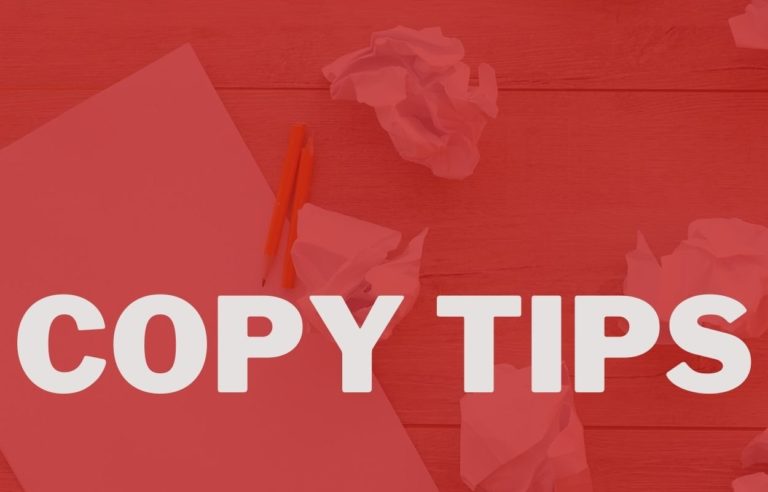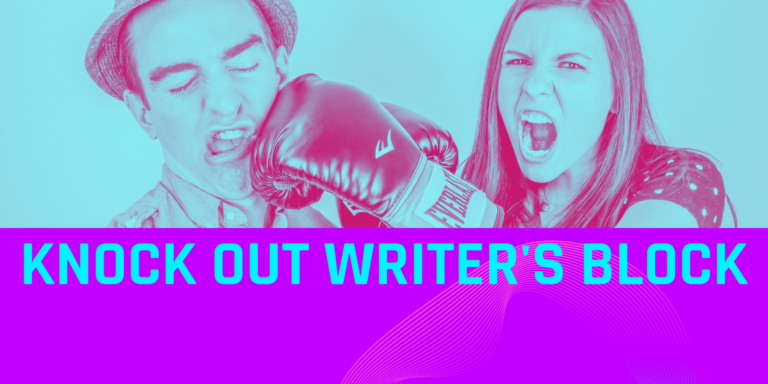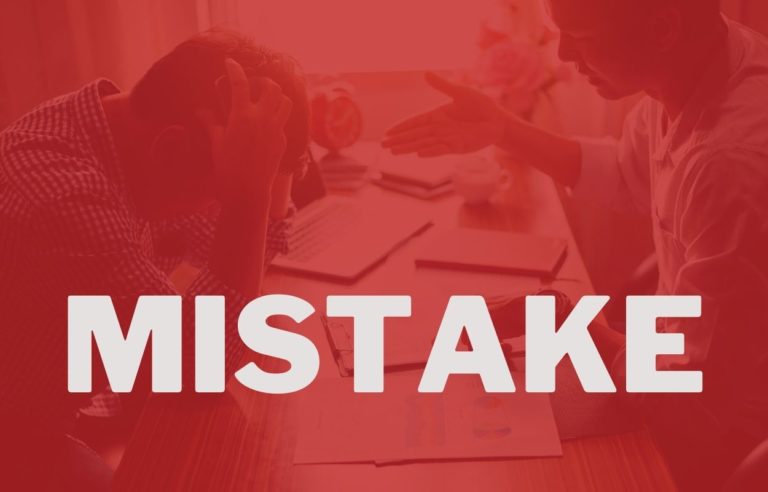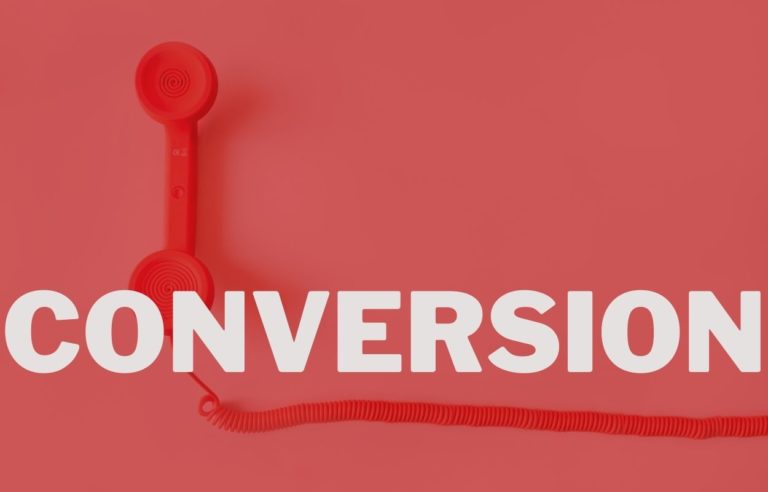
How to Write “I Must Have That” Product Description Copy:
Copywriting is one of the most important things you can do to generate sales and bring customers in your store. It’s also one of the most difficult tasks for copywriters to get right.
But don’t worry, we are here to help! In this article, we will go over 10 commandments that you should follow when writing product descriptions on your website or webshop.
Write for the person who would LOVE this.
Before writing anything, think about who you write for. If you’re copywriting a product for children, then be sure to use words that resonate with them. If your copy is going on an expensive handbag, focus more on the materials and craftsmanship than color or style.
Defining your customers is key. If you don’t know who they are, how can you capture their attention?
Paint a picture of how it feels to use your product.
Imagination will take you everywhere! Some smart guy came up with that. For selling a product the imagination of your customer is very important. If you can paint a picture of how your product would make their life better, they will feel connected to it and are more likely to buy.
Make the copy inviting by telling them what they’ll gain from buying this? Let them know how they will feel with your solution.
It’s not just about you or your product! The copy should be well-written enough that readers can imagine themselves benefitting from owning it too. This is one way we connect with customers on an emotional level. They need to “see” why they might want our products so badly they’d click ‘buy now’.
Keep your tone consistent with your brand.
If your are not writing for your own brand this might be a little harder. Still, every brand a tone of voice. The copy used for describing and promoting the product should have the same tone consistent with the brand.
Copywriters need to think about what words they’re going to use before they even start writing for a client. Look at their tone of voice, the words customers use, older copy, social media posts, … Make sure you can speak in-line with their voice and know what terms make sense for their target audience.
Good copy needs to have consistency–no matter the brand, subject or goal it aims at achieving.
Write like you talk.
Always write copy as if it was coming from your mouth – no one likes to read copy that sounds robotic or unnatural.
Be sure to use contractions and sentence fragments, even in the beginning of sentences! This will make copy sound more conversational and less formal, which is a good thing when trying to connect with customers on an emotional level.
Do not worry about sounding “too casual”. Try to be yourself while writing copy for your store’s products so people feel comfortable reading what you have written.
Keep in mind that people like to be excited when buying. Enthusiasm sells, even in writing. If the brand’s tone of voice is very formal (and maybe a bit boring), finding the ideal balance might be a little tricky.
But the more you write… the better you’ll get at it.
Connect features with benefits.
One of the first lessons copywriters learn is not to focus on features, but focus on benefits. This is true, however… you can focus on both. Good copy will connect the features with benefits.
The best writers will connect the pain of the customer with the benefits and features of the product. Making the product the most logical and wanted solution for their pain/problems.
So remember, you should state features, but emphasize benefits and always explain how you solve the buyer’s problem.
Remove copy that doesn’t have a benefit.
If your copy is too wordy or repetitive, you are only hurting yourself. The copy should be short and succinct with the most important benefits of using it written plainly in easy to understand language so they want more.
On the other hand… You should include plenty of details. So think about the products, if you can not think of anything to say, talk to the creators, talk to other buyers, see what they have to say about it and go for those extra details.
Include an image if possible!
Ok the image might not be part of the copywriting. But the goal of the copy is to sell a product. And it is proven over and over again that images work!
Some people will never look at a page, let alone read anything, on a page that only has text. No matter how great the copy writing actually is, if people don’t like the page, you might lose them even before the read a single word.
It’s not necessary to include images. But your page will convert better. We like images because they make our content nice and pretty, while also letting readers know exactly what the product looks like up.
Craft a powerful headline.
The copywriting process is not done until the headline has been crafted.
Headlines are so important because often it is the first thing the audience reads. A good headline needs to be short, catchy and make an impact on readers. All of that in a single word or sentence.
The best copywriters know their headlines will get people reading no matter what else happens below it – so always give your copywriting real thought!
Always think about how to craft a creative title that gets attention but still reflects your brand’s voice? More often than not, this means putting together two words in one line with powerful meaning for the reader (and great SEO value).
A good headline: “How I Lost 100 Pounds By Eating Ice Cream” tells us everything we want to know before even reading the copy.
A bad headline: “The truth about weight loss” is vague and doesn’t tell us much of anything.
Use attention-getting words like “Finally!”.
There are some attention-grabbing words that copywriters love to use. We sometimes call them ‘Power words’. Example of power words: Finally, now, believe me, 100%, absolutely, unbelievable, free, …
Copywriters will often pick out a power word and include it to create emphasis or add drama where needed! Power words are also great for headlines because they help with SEO values which means more visitors coming in.
So remember to be creative when writing the headline of your copy – try using some power words that get people interested! But stay away from click bait.
If you’re trying to persuade readers to purchase something… It is also important to use “loaded language” (words with emotional meaning). This could involve using verbs such as ‘want’ or ‘need’. Or adjectives like luxurious-sounding ones: inviting, happy… etc.
Use social proof like testimonials.
The last tip is very important. Always use social proof. Social proof is any kind of feedback or data that suggests you have a product worth buying.
An example: If you are selling copywriting services, it’s important to include testimonials from previous clients who had successful copy written by your company. Or if you sell food – just show customer reviews and how many people like the product!
This is because when consumers see other customers giving positive feedback on something they’re thinking about purchasing. Other people influences their decision-making process in favor of your product. Social proof helps with conversion rates which means more sales for you!
Make sure social media buttons are easily accessible at all times too so readers can share your content wherever they want (and also refer friends!).
In conclusion
The copywriting process is a lot more complicated than just stringing words together. Copywriters need to understand human behavior and cognition in order to craft copy that sells products online or offline.
In this blog post, we’ve discussed the importance of crafting headlines, using power words effectively, how social proof can help you sell your product–and even why it’s so important to use images (even if they are stock photos).
If you want help with copywriting for marketing purposes-give us a call! Our team of experts will be happy to partner with you on creating stellar SEO copy or any other type of copy needed for digital marketing strategy.
Do these neuroscience principles resonate with you? Which one have you applied in your own business already






